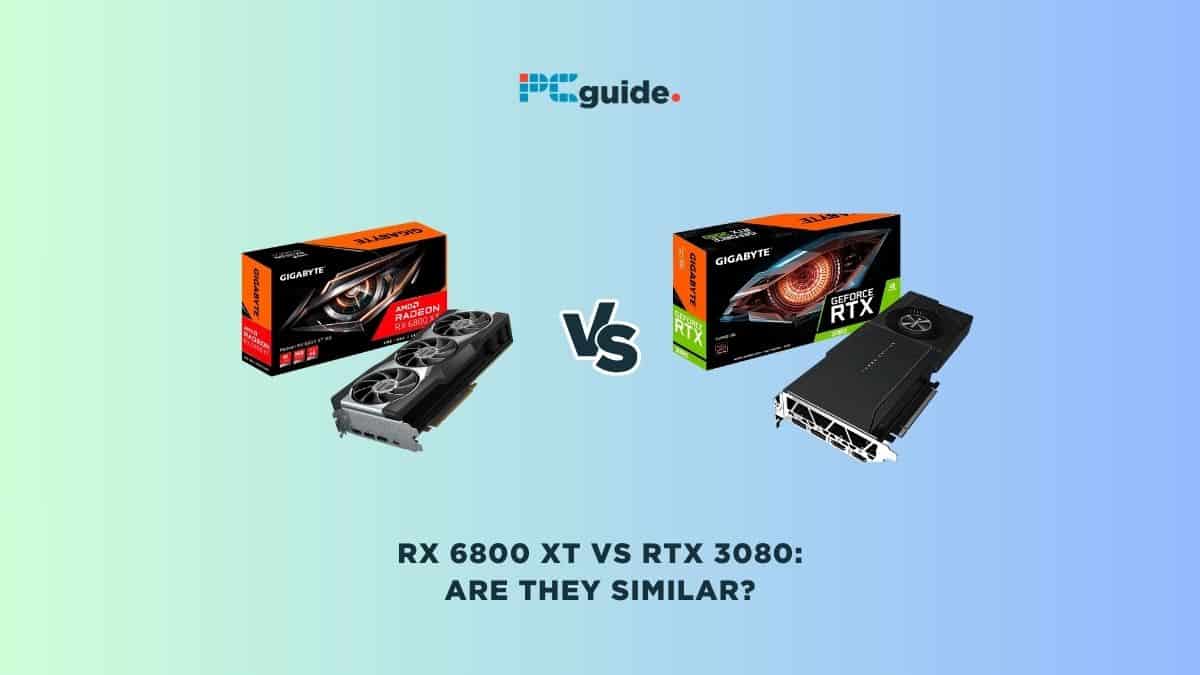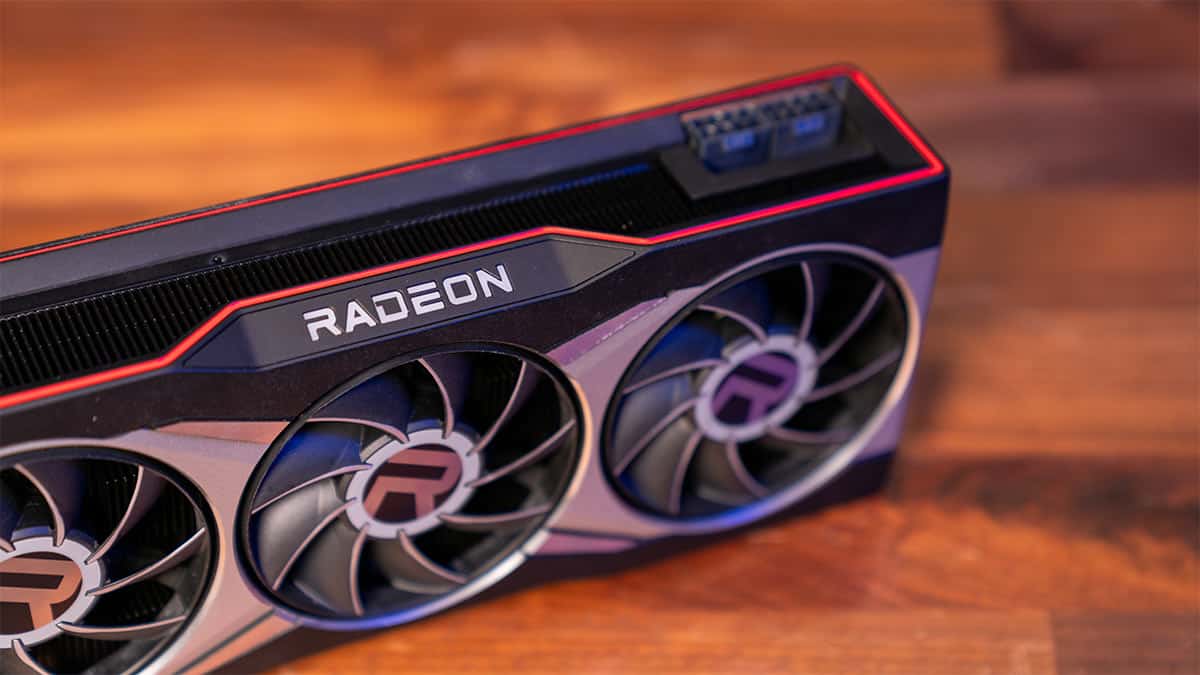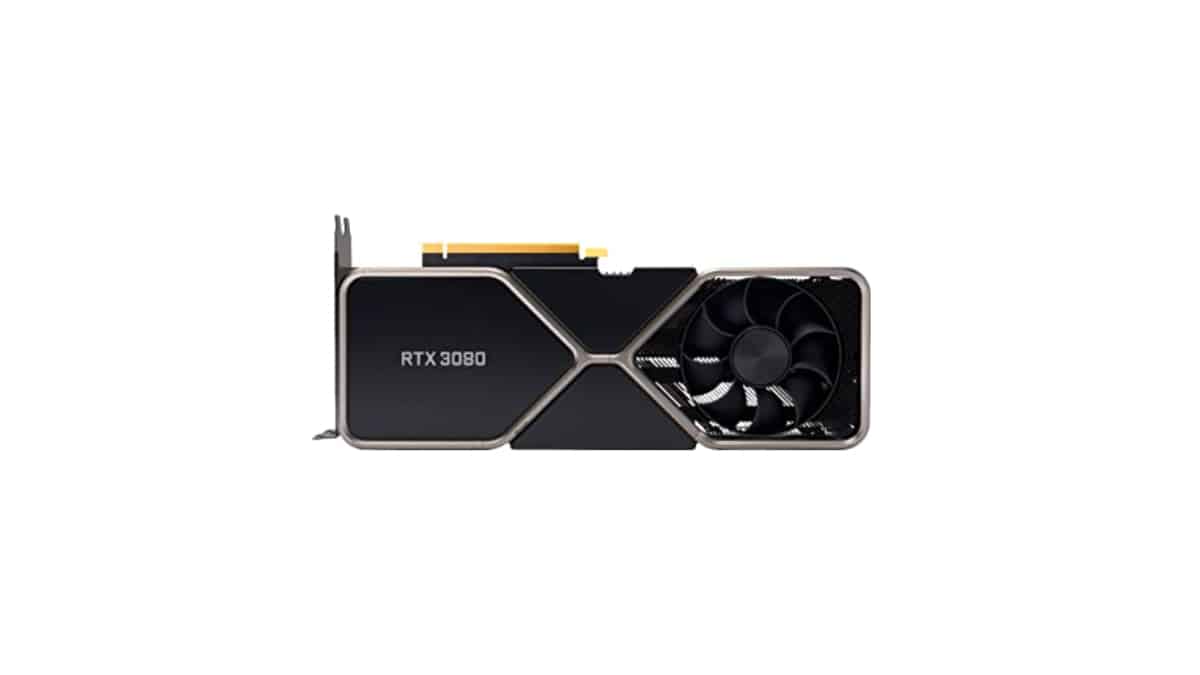RX 6800 XT vs RTX 3080: Are they similar?

In the highly competitive world of gaming graphics, the RX 6800 XT vs. RTX 3080 debate stands out as a clash of titans. AMD’s Radeon RX 6800 XT and NVIDIA’s GeForce RTX 3080 have set new benchmarks in the race for graphics card supremacy. Both cards boast an array of advanced components, pushing the boundaries of what’s possible in gaming and content creation.
This article delves deep into their specifications, weighing their capabilities and performances side by side. We aim to provide a detailed comparison that goes beyond mere numbers, looking closely at how these GPUs elevate your gaming experience and whether their similarities outweigh their differences in the quest for better performance.
Prime Day may have closed its doors, but that hasn't stopped great deals from landing on the web's biggest online retailer. Here are all the best last chance savings from this year's Prime event.
- Sapphire Pulse AMD Radeon™ RX 9070 XT Was $779 Now $719
- AMD Ryzen 7 7800X3D Processor Was $449 Now $341
- Skytech King 95 Ryzen 7 9800X3D gaming PC Was $2,899 Now $2,599
- LG 77-Inch Class OLED C5 TV Was $3,696 Now $2,996
- AOC Laptop Computer 16GB RAM 512GB SSD Was $360.99 Now $306.84
- Lexar 2TB NM1090 w/HeatSink SSD Was $281.97 Now $214.98
- Apple Watch Series 10 GPS+ Smartwatch Was $499.99 Now $379.99
- AMD Ryzen 9 5950X processor Was $3199.99 Now $279.99
- Garmin vívoactive 5 Smartwatch Was $299.99 Now $190
*Prices and savings subject to change. Click through to get the current prices.
By exploring each card’s unique strengths and weaknesses, we intend to give you a clear understanding of how the RX 6800 XT and RTX 3080 stack up against each other. Whether you’re a hardcore gamer, a creative professional, or someone who simply seeks the best performance from their PC, this comparison will guide you in making an informed decision about which graphics powerhouse aligns best with your needs.
RX 6800 XT vs. RTX 3080: Specs comparison
Starting with architecture, the RX 6800 XT employs AMD’s RDNA 2.0, while the RTX 3080 boasts NVIDIA’s Ampere architecture. This fundamental difference lays the groundwork for distinct rendering and graphical processing approaches.
Moving on to the processor size, the RX 6800 XT features a 7 nm fabrication process, while the RTX 3080 utilizes an 8 nm process. This variance’s significance lies in the GPUs’ efficiency and power consumption, with smaller nanometers generally translating to more power-efficient chips.
Transistors, a critical component in chip design, are 26,800 million for the RX 6800 XT and 28,300 million for the RTX 3080. This disparity reflects the intricate balance manufacturers strike between transistor count, performance, and power consumption.
Clock speeds play a pivotal role in determining real-time performance. The RX 6800 XT boasts a base clock of 1,825 MHz and a boost clock of 2,250 MHz, outpacing the RTX 3080’s 1440 MHz base clock and 1710 MHz boost clock. These figures underscore the potential speed at which each GPU can handle graphical workloads.
Memory speed and capacity significantly influence a GPU’s performance. The RX 6800 XT features 16 Gbps effective memory speed and 16 GB of GDDR6 memory, whereas the RTX 3080 offers a faster 19 Gbps effective memory speed but with a slightly smaller 10 GB memory capacity. The choice between these specifications depends on the user’s preference and the specific demands of their applications.
The Thermal Design Power (TDP) is a crucial metric for understanding a GPU’s power consumption and heat dissipation. The RX 6800 XT has a TDP of 300 W, slightly lower than the RTX 3080’s 320 W. This difference may impact system power requirements and cooling solutions.
Tabular comparison
| Specification | AMD Radeon RX 6800 XT | NVIDIA GeForce RTX 3080 |
|---|---|---|
| Architecture | RDNA 2.0 | Ampere |
| Processor Size | 7 nm | 8 nm |
| Transistors (Million) | 26,800 | 28,300 |
| Texture Mapping Units (TMUs) | 288 | 272 |
| GPU Base Clock (MHz) | 1,825 | 1,440 |
| GPU Boost Clock (MHz) | 2,250 | 1,710 |
| Ray Tracing (RT) Cores | 72 | 68 |
| Effective Memory Speed (Gbps) | 16 | 19 |
| Memory Size (GB) | 16 GB GDDR6 | 10 GB GDDR6X |
| Memory Bus (bit) | 256-bit | 320-bit |
| Memory Bandwidth (GB/s) | 512.0 | 760.3 |
| Thermal Design Power (TDP) (W) | 300 | 320 |
| Render Output Units (ROPs) | 128 | 96 |
| Shading Units | 4,608 | 8,704 |
| Price (MSRP) | $649 | $699 |
RX 6800 XT vs. RTX 3080: Performance
When comparing the raw performance between the RX 6800 XT and the RTX 3080, we see a tightly contested battle, with each GPU having its set of strengths. The RTX 3080 stands out with its advanced ray tracing performance and support for DLSS (Deep Learning Super Sampling), which enhances gaming experiences by improving frame rates while maintaining high-quality textures. This makes it an ideal choice for games that heavily utilize these features.
Gaming performance
On the other hand, the RX 6800 XT, boasting a higher clock speed and the efficient RDNA 2.0 architecture, demonstrates impressive capabilities, especially in games optimized for AMD. Titles like Assassin's Creed Valhalla and Forza Horizon show the RX 6800 XT's prowess, often achieving higher average frame rates at 1080p and 1440p resolutions. However, when it comes to 4K gaming, the RTX 3080 tends to take the lead, thanks to its superior handling of high-resolution textures and robust ray tracing capabilities.
Ultimately, the choice between these GPUs comes down to the specific games and resolutions you prioritize. If you are inclined towards top-notch ray tracing and the advantages of DLSS, the RTX 3080 is a compelling choice. Conversely, for those prioritizing high performance in AMD-optimized titles and excellent frame rates at lower resolutions, the RX 6800 XT is a strong contender.
Both GPUs represent the pinnacle of current gaming technology, and their close competition in performance means that there is no definitive winner, rather a choice best suited to individual gaming needs and preferences.
Tabular comparison
| Aspect | RX 6800 XT Advantage | RTX 3080 Advantage |
|---|---|---|
| Ray Tracing Performance | – | Superior ray tracing capabilities and DLSS support |
| Textures and Resolution | Better performance in AMD-optimized games at lower resolutions | Superior performance at 4K resolution |
| Average Frame Rate | Higher in specific AMD-optimized titles | Enhanced by DLSS in supported games |
| Clock Speed | Higher boost clock, beneficial in certain scenarios | – |
RX 6800 XT vs. RTX 3080: Price and value
In the current market, where pricing often fluctuates due to demand and availability, the RX 6800 XT and RTX 3080 offer contrasting value propositions. The AMD Radeon RX 6800 XT, with an MSRP of $649, positions itself as a more budget-conscious option compared to NVIDIA’s GeForce RTX 3080, which is priced at $699. This price margin, though not substantial, is significant when considering the similar performance levels offered by both cards.
The RX 6800 XT’s advantage in pricing becomes more apparent when we factor in higher frame rates in several gaming scenarios. This makes it an attractive choice for gamers who are looking for top-tier performance without stretching their budget. On the other hand, the RTX 3080, despite its higher price, has been a popular choice since its launch, frequently leading to challenges in availability. This demand can sometimes drive prices above MSRP in the market.
When we discuss pricing, the RX 6800 XT comes in at a slightly more budget-friendly $649 compared to the RTX 3080’s $699. Considering the performance similarities, the RX 6800 XT provides a compelling value proposition, especially for gamers mindful of their budget.
Tabular comparison
| Feature | AMD Radeon RX 6800 XT | NVIDIA GeForce RTX 3080 |
|---|---|---|
| MSRP (Manufacturer’s Suggested Retail Price) | $649 | $699 |
| Performance | High frame rates in most games | Slightly higher frame rates in certain games |
| Market Availability | Generally good, less affected by market fluctuations | Often challenging, with higher demand |
| Value for Money | Excellent value, especially for budget-conscious gamers | Good value, preferred for specific gaming and rendering tasks |
| Launch Date | November 18, 2020 | September 17, 2020 |
In summary, while both the RX 6800 XT and RTX 3080 are closely matched in performance, their pricing, and availability in the current market set them apart. The RX 6800 XT's slightly lower price tag offers a marginally better value, especially for those looking to maximize their budget without compromising on gaming performance.
Final verdict
RX 6800 XT vs. RTX 3080 are very similar in specs, performance, and even pricing. Hence, choosing between the RX 6800 XT and RTX 3080 ultimately boils down to personal preferences, use cases, and budget constraints. The RTX 3080 boasts superior shading units and memory bandwidth, making it an excellent choice for gamers seeking peak graphical performance.
On the other hand, the RX 6800 XT’s competitive pricing and RDNA 2.0 architecture make it an appealing option for those who want a high-end GPU without breaking the bank.
Do both the RX 6800 XT and RTX 3080 support HDMI?
Yes, both the RX 6800 XT and the RTX 3080 come equipped with HDMI ports. HDMI is a common connector used to connect your graphics card to a monitor or TV. This means you can easily hook up either of these cards to most modern displays for gaming or streaming.
What is Smart Access Memory (SAM), and does it affect the RX 6800 XT and RTX 3080?
Smart Access Memory is a feature that allows the CPU to access the full graphics memory, which can boost performance. SAM is supported by the RX 6800 XT as part of AMD’s hardware ecosystem. The RTX 3080 doesn’t have SAM, but NVIDIA has its set of technologies that aim to improve performance similarly.


